New SEER2 Guidelines – Effective 2023
In the 1970’s, the government established a standard for testing and rating cooling systems. This came to be known as the Seasonal Energy Efficiency Ratio (SEER). The higher the rating, the higher the efficiency. Many things can contribute to the SEER. Things like airflow, indoor temperature, outdoor temperature, relative humidity and so on, are all factors when determining a system’s efficiency. It is important to know that these are all conditions that not only differ from system to system or home to home, but some of them can differ from day to day. All that to say that just because an AC’s rating is 15 SEER, actual conditions may limit the efficiency to 13 or 14 SEER. Ratings are determined in a lab with a certain set of testing parameters and can also vary when the outdoor unit is installed with various evaporator coils and air handlers. Even ductwork can impact a system’s actual efficiency and performance.
As with most things today, there is a push to increase efficiency of HVAC systems. Air conditioners are now being tested under new SEER2 guidelines and standards. SEER2 testing standards increase the pressure in the ductwork which decreases airflow and in turn causes the manufacturer to increase the size of the systems to make up for the deficiency. This will cause the manufacturer to make larger equipment to achieve the increased efficiencies required by the new standards.
SEER2 breaks the country into different minimum standards based on regions. The country is broken into a north, south, and southwest region. The south and southwest regions will not be permitted to use or install any air conditioners with less than a 15 SEER rating. Unlike the south and southwest regions, the north region can no longer manufacture less than 14 SEER but are permitted to install less than 14 SEER systems if they are manufactured before 2023. This gives the industry an opportunity to deplete the current stock of less efficient units and systems.
These new standards will pose new challenges but will also result in more efficient and comfortable systems. Something to keep in mind is that this presents an opportunity to install a new system before a substantial price increase next year. Manufacturers are estimating 20%-30% increase due to the new regulations. If now is the time to replace your system, we would be happy to assist you soon!
For more information on this or to inquire with any questions, please email or call us at Miller’s Heating.

